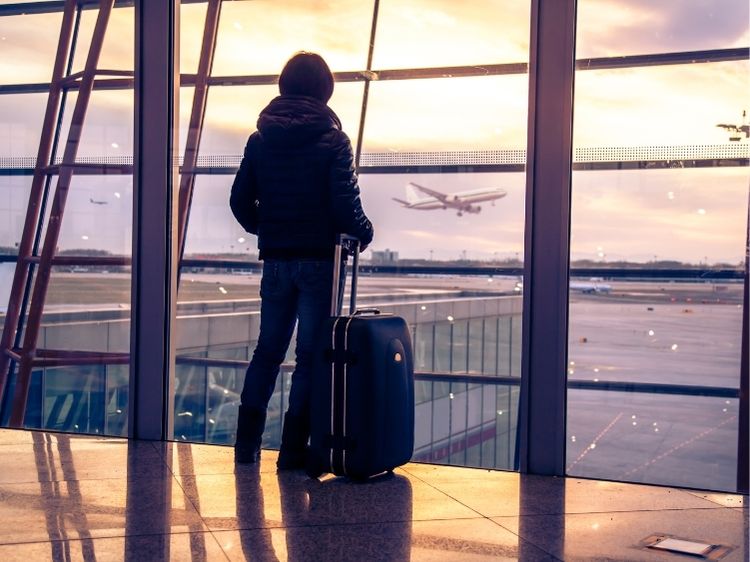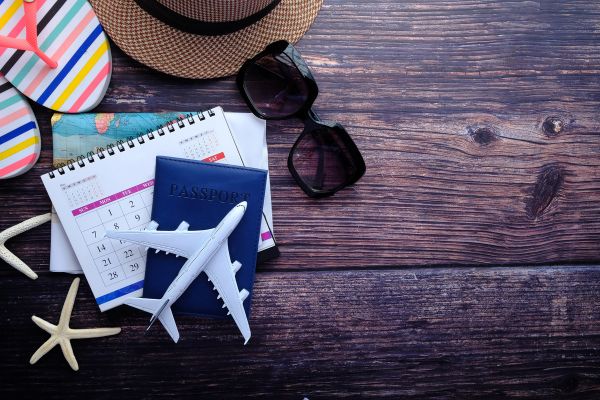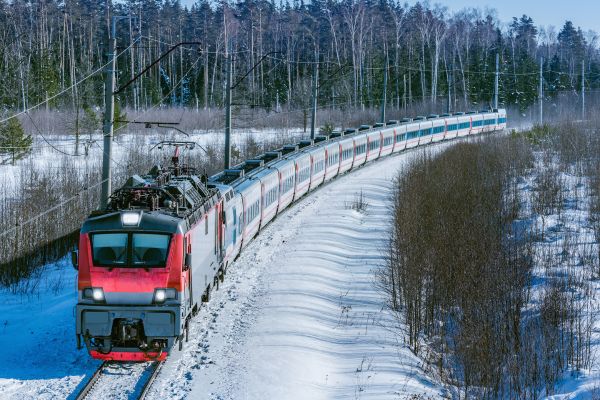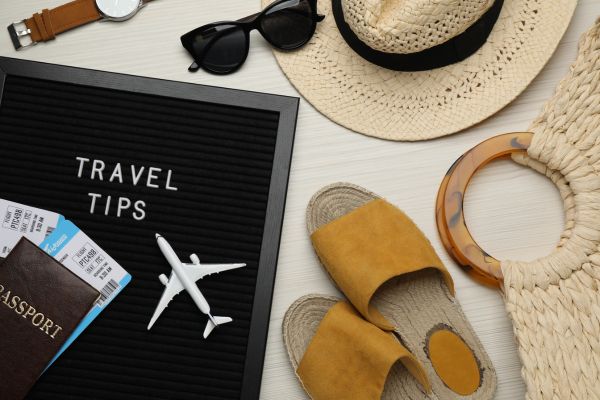In the case of shooting long distances, understanding the characteristics of flight for the flight characteristics of a .308 round is essential. If you’re a hunter professional shooter, or a enthusiasts of ballistics, one the most frequent questions is about the amount of time it takes to allow the .308 bullet to cover a certain distance, in this instance about 900 yards. The answer isn’t as easy as it appears, since it’s a result of a number of aspects, including muzzle velocity as well as the weight of the bullet and air resistance as well as the environmental conditions. Let’s look at the details.
The Basics of the .308 Winchester Round
Its .308 Winchester, often simply referred to as “.308,” is one of the most sought-after rifle cartridges in the world. It is renowned for its precision flexibility, sturdiness, and a the ability to control recoil, this rifle is utilized in target shooting, hunting as well as military applications. The design of the round is focused on delivering consistent performance over various ranges. This is the reason it’s a popular choice among shooters who use long ranges.
An average .308 bullet is shot with an average muzzle velocity of 2,600 to 2800 feet in a second (fps) according to the bullet and load type. The initial speed is a major factor in determining the speed at which the bullet can travel up to over 900 miles.
Understanding Time of Flight (TOF)
To figure out how long it takes an .308 shot to go around 900 yards, the concept of “time of flight” comes into the equation. The term “time of flight” refers to the length of time a bullet stays in the air starting from the moment it is released from its barrel to the point it reaches the target. To calculate this, you need more than knowing the muzzle’s velocity but also to consider factors such as gravity, drag, and wind.
at 2,700 FPS (a mid-range velocity of .308) the bullet travelling at 900 yards will theoretically take between 1.1 up to 1.3 seconds to hit its intended target. This is an approximate figure since the speed of the bullet drops when it travels due to the resistance of air and gravity. The bullet isn’t able to keep its initial speed throughout the course of its travels, meaning the actual duration can differ somewhat based on the conditions under which it is traveling.
Factors That Influence the Bullet’s Flight Time
The amount of time required for the .308 round to cover 900 yards isn’t a fixed amount but rather, it fluctuates according to a myriad of factors. This includes the bullet’s weight as well as the ballistic coefficient and other external conditions like altitude, air density and the speed of wind.
Bullet Weight and Ballistic Coefficient The heavier bullets are likely to lose speed slower than those with lighter weights, however they usually begin with a slower muzzle speed. Bullets that have a higher Ballistic Coefficient (BC) are more effective in cutting through air and sustaining speed, which may decrease the duration of flight. A .308 round that has an BC that is 0.400 or greater is likely to be effective at long distances.
Environment conditions: The atmosphere significantly influences the performance of a gun. In a dense atmosphere (low altitude or temperatures that are cold) the bullet encounters greater resistance, slowing it down. Shooting in higher altitudes or warmer temperatures can decrease drag and increase flight speed.
Wind The effects of crosswinds may alter the trajectory of a bullet and increase the distance traveled however they do not directly affect the flight time. However, a headwind and tailwind may slow the speed of a bullet or assist in keeping it at a steady speed and thereby reducing the duration it takes to get to the distance of 900 yards.
How Does Gravity Affect the Bullet?
Gravity causes a constant downward force upon the bullet starting from the time it exits the barrel. Although this doesn’t directly affect the velocity of the bullet’s horizontal but it causes the bullet to sink over a distance. Shooters can account the drop in velocity by changing their optics or sights, however, it’s important to remember that the duration of flight is also the time of the bullet’s descent because of gravity. That’s why ballistic calculators, which are used by a lot of long-range shooters include the horizontal and vertical elements when determining the flight times.
Comparing Practical Data and Real-Life Scenarios
Proficient shooters frequently use actual-world tests and ballistic calculators for exact time of flight. One of the most common tools used for this is a chronograph that determines the velocity of a bullet at various points throughout its flight. If combined with a computer program or a ballistic chart this information can provide highly precise estimations of the time-of-flight.
For instance for a 168-grain .308 round that has an initial velocity of 2700 fps would complete 900 miles in approximately 1.2 seconds in ideal conditions. If the same bullet was fired against a powerful headwind or in a more dense air environment the time of flight could extend up to 1.3 seconds or even more. These minor variations show why the conditions of the field play crucial roles for long-range shooters.
The Role of Precision in Long-Range Shooting
The ability to consistently shoot at 900 yards using a .308 is more than knowing the flight duration. Shooters need to be mindful of every aspect, from the ammunition and rifle, to the environment and their shooting method. Quality ammunition and precise optics are crucial and so is a thorough knowledge of ballistics.
In competition shooting situations where even a fraction of a second could affect the outcome, advanced equipment such as wind meters and laser rangefinders can be used. These devices help shooters determine the precise time of flight in order to adjust their shooting in line with. Even with the most advanced equipment, practice and knowledge remain the primary factors to be successful.
Why Time of Flight Matters
Knowing how long it takes the .308 round to cover at 900 yards isn’t just an academic endeavor and has practical application. In the case of hunters, this information will help determine the amount of duration it takes to strike targets that move, allowing the best shot placement. In military or tactical situations knowing the exact time of flight could help in the coordination of simultaneous shots or timed subsequent rounds.
For recreational shooters too Being aware of flight times adds an additional dimension of appreciation for physical aspects involved in long-range shooting. It illustrates how even minor adjustments to aim or the ammunition you choose can affect shooting performance over long distances.
Conclusion: Breaking Down the Final Answer
What is the time it take to get the .308 shot to go around 900 yards? In the majority of cases it’s between 1.1 to 1.3 seconds, based on the bullet type muzzle velocity, the bullet’s weight, and the conditions. Although it may appear to be something that isn’t much however, it’s actually a critical time that is where many factors–drag wind, gravity and altitude all come into the equation.
If you’re interested in long-range shooting knowing the specifics of timing of flight is crucial for improving efficiency and accuracy. When you’re hitting steel targets in the range or shooting on the field, knowing the way your .308 shoots across distance can help you get the edge you require. With a little practice and the right equipment will allow you to learn the fine art of precise shooting one yard at a.



